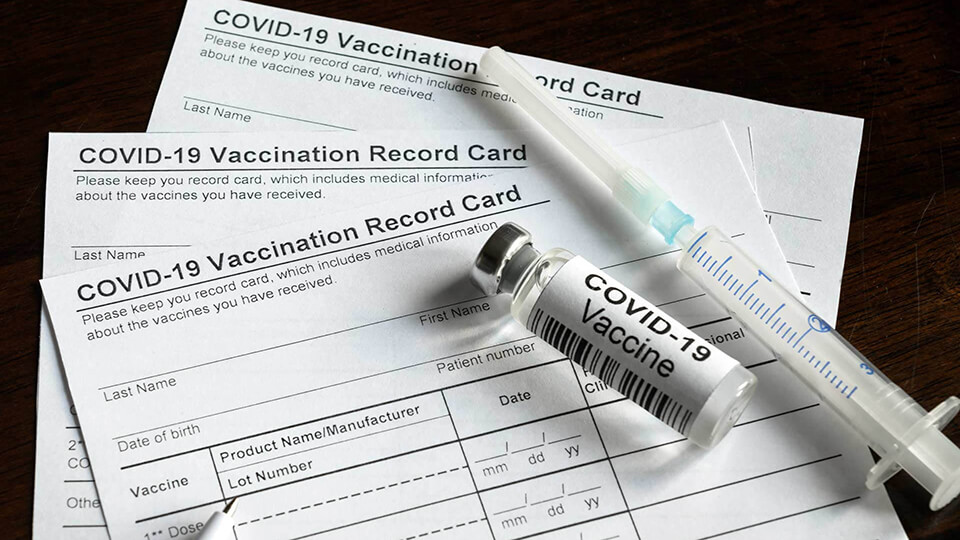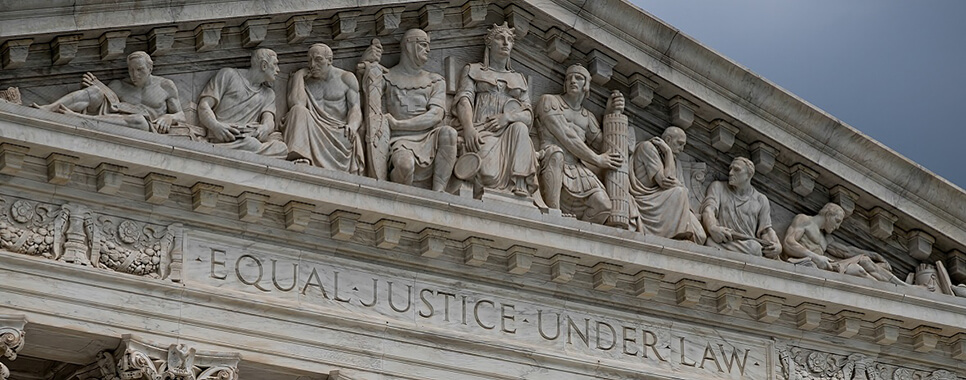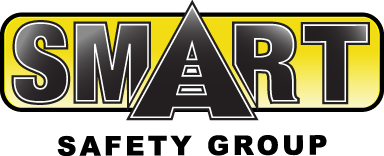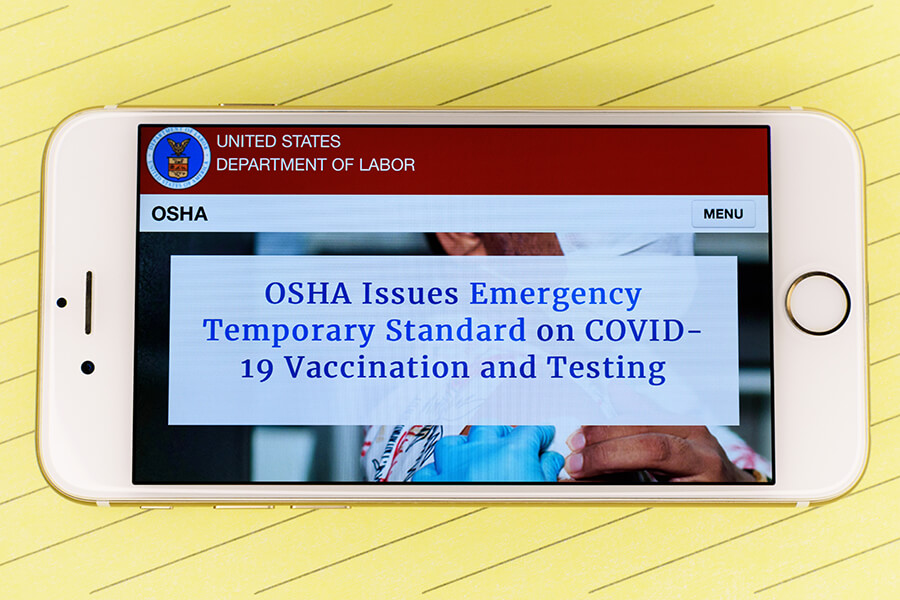OSHA COVID-19 ETS Compliance Plan for Employers
Emergency Temporary Standard (ETS): a method by the Occupational Safety and Health Administration to reduce the spread of Covid-19
In December 2021, a federal appeal regarding the Biden Administration’s mandate-or-test emergency vaccine rule made a shocking decision. A Sixth Circuit Court of Appeals with a three-judge panel overturned the blockage that kept the rule from taking effect. Before the block was due to the many legal challenges that it faces. Now employers must take action to meet the January 10 deadline.

OSHA Background
Once Occupational Safety and Health Administration (OSHA) workplace safety officials released the new mandate on November 4, the ruling faced predicted backlash. In fact, many groups took legal action to block the ruling in federal court. The Fifth Circuit Court of Appeals (conservative) were the first to respond with a temporary stay that blocked the ETS. Then an extension on November 12 ordered OSHA not to apply or impose the ETS.
However, on November 16, the Judicial Panel of Multidistrict Litigation stated that they would send the consolidated legal challenges to the Sixth Circuit Court of Appeals to reach a decision. Many people believed that this act was certain to keep the ruling blocked. But on Friday, a surprising choice from the three-judge panel shocked employers. The ruling dissolved the stay and now allows OSHA to enforce the ETS all over the country.

OSHA COVID-19 ETS for Employer Compliance
First, employers must understand how the new ETS affects their business since it is now enforced in Federal OSHA jurisdictions. Before the new ruling, the ETS required compliance with everything but testing requirements by December 6, and testing compliance by January 4. Although these deadlines are no longer doable, OSHA has released a new compliance plan.
Now OSHA says that they will enforce compliance with the deadlines of the current ETS. This allows employers more time to comply with the ETS. To be specific, the ETS states that “OSHA will not issue citations for noncompliance with any requirements of the ETS before January 10 and will not issue citations for noncompliance with the standard’s testing requirements before February 9, so long as an employer is exercising reasonable, good faith efforts to come into compliance with the standard.”
In short, this means that OSHA can issue citations today. However, as long as an employer is showing decent effort to comply with the ETS by January 10, they will offer a grace period for them to implement the changes. Further, it is unlikely that OSHA with enforce compliance before January 10. But it is still possible for a compliance officer to cite an employer if they respond to multiple employee Covid-19 complaints that show little effort to comply with the ETS.
So, all of this means that the first thing employers must do is show reasonable effort to comply with the ETS from now to January 10. Doing nothing indicates little to no effort, which will likely have consequences. Here is a five-step plan to ensure employers comply with the ETS:
- Figure out if your business is covered by the ETS. Get together with your workplace consultant and asking these questions:
- Is your workplace normally covered by OSHA?
- If so, do you have more than 100 employees across the country?
- If not, are you exempt due to coverage by either the Federal Contractor mandate or Healthcare COVID-19 ETS?
- If you are covered by the ETS, get information about the vaccine status of your employees. Then create the required roster for employee vaccinations. Make sure to note whether they are fully vaccinated or not in accordance with ETS standards. The percentage of vaccinated employees will allow you to decide if you should require vaccines or conduct testing under ETS.
- Based on your decision regarding vaccine mandates, create the required vaccine and or testing/masking policies mandated by the ETS. Make sure that these policies are tailored to your workplace. Although you do not have to implement them until January 10, you should be able to prove good faith efforts to put them into effect. However, if your workplace has low risk tolerance, you may implement them before the deadline.
- Create programs that allow for compliance training for your managers. In addition, provide your employees with information about the policies as required by the ETS. To demonstrate good faith efforts, it would be best to train managers and inform employees about the new policies before January 10.
- For employers that choose to implement Covid-19 testing, make sure to comply with all other ETS policies in addition to the testing. Plus, be prepared to require unvaccinated employees to provide proof of a negative Covid-19 test by February 9.

What Should Employers in States with Prohibitions for Vaccines Do?
Recently, many states have passed laws that limit or prohibit vaccine mandates. Further, some states even prohibit employers from asking employees about their vaccination status. For a business operating in Federal OSHA jurisdiction, then the OSHA ETS most likely overrides state law and vaccine-related prohibitions. For example, in Montana (a Federal OSHA state), the law states that employers cannot ask employees about their vaccination status. As a result, the state law likely not enforceable. This is because the ETS specifically states that employers must figure out their employees’ vaccination status.
So, for Federal OSHA states, the ETS will most likely make vaccine-related prohibitions unenforceable. But what about state plan states? First, a state plan state operates their own OSHA plans. For instance, Utah uses its own state OSHA plan. However, state laws limit employers’ ability to ask employees about their vaccination status. State plan states are not preempted by the OSHA ETS. But the state plan must either implement federal OSHA regulations that are at least as effective as the ETS, or adopt the ETS. On November 5, the ETS became effective. It said that state plans must inform OSHA of their intention within 15 days of enforcing their plan. Then the state plan should either adopt the ETS or adapt their current plan to comply with the ETS within 30 days. The deadlines remain since recent dissolved stay and the ruling doesn’t address the current situation.
The state plans are expected to start stating their intentions in the coming days. For state plan states that have prohibitions related to vaccines, like Utah and Tennessee, we recommend following state laws until it responds to the ETS. But if you operate in a state plan state like California, we recommend staying current with what actions it takes. This may even be adopting a stricter plan than the Federal OSHA ETS.

Other Vaccine Mandates
In general, the federal government has enforced other vaccine mandates and requirements that are specific to certain industries. For example, these workplaces include healthcare employers covered by previous OSHA Healthcare ETS, healthcare employers covered by CMS, and some federal contractors. The new OSHA ETS clearly states that organizations covered by the Executive Order 14042 (Federal Contractor Mandate) and OSHA Healthcare ETS are exempt.
On December 21, 2021, the OSHA Healthcare ETS expires. Still, we see no indication of a consistent or lasting regulation for the OSHA Healthcare ETS. After it expires, the main ETS covers healthcare employers with 100 or more employees.
As for CMS-mandated healthcare workplaces, about half of the states prohibit it while the other half enforces it. For now, CMS says it will not enforce the mandates. But this could change at any time. Employers covered by CMS are not exempt from the main ETS. So, if your company falls into this category, you should follow the above advice to ensure compliance with the ETS.
Employers covered by the Federal Contractor Mandate are exempt from the main OSHA ETS. However, a federal court blocked the Federal Contractor Vaccine Mandate across the country. Still, it is possible that an employer covered by the Federal Contractor Mandate could also be covered by the OSHA ETS. This means that these companies would need to comply with the ETS. For instance, if the staff is mixed, employees who are not covered by the Federal Contractor Mandate would need to comply with the OSHA ETS regulations. Or, if there is no current contract in effect to initiate the Federal Contractor Mandate coverage. Ultimately, whether or not federal courts keep the Federal Contractor Mandate at a halt, companies in this category should comply with the OSHA mandate-or-test ETS. In the next few days or weeks, we plan to have more information about these mandates.

SCOTUS: Replace the Stay?
Within an hour of the Sixth Circuit Court of Appeals lifting the stay, SCOTUS directly submitted an emergency petition application that asked the court to urgently replace the stay. This happened after multiple virtual requests came through. In fact, at least eight of them were filed on behalf of more than 25 employer groups. Further, we predict that these numbers will keep rising in the next few days. Justice Kavanaugh will receive the emergency requests. Most likely, Justice Kavanaugh will ask that the full court weigh in on the outcome. As a result, all nine Supreme Court justices would make the decision. On one hand, SCOTUS could replace the stay by granting one of the emergency applications. However, this would take the litigation backwards quite a bit. Then we would continue in a standstill until a clear decision is made.
SCOTUS: Do Nothing?
Contrary to replacing the stay, SCOTUS could do nothing and refuse to replace the stay. Many people think that the court would require further litigation or analysis of the current litigation before making a decision. If SCOTUS chooses to do nothing or delay ruling until the compliance deadlines are enforced, the ETS will be enforced immediately. This means that employers would have to comply with the ETS until further notice.
When Will SCOTUS Take Action?
Observers are wondering when SCOTUS will take action. Now the Supreme Court requires a submitted briefing on the issue by December 30. In addition to this deadline, the briefing on the CMS healthcare employer mandate is also set during this timeframe. With most employers pushing the Court to rule ASAP after the completed briefing, we still do not have a clear answer about when SCOTUS might take action. In addition, employers hope the ruling comes well in advance of the current January 10 deadline.

What About the Rest
These past few weeks are only the cherry on top of this dramatic litigation process we have seen thus far. In fact, this whole litigation is the result of the national stay on ETS mandates set by the Fifth Circuit Court of Appeals. No court has rejected the ETS. Rather they are deciding if they should not allow it to be enforced while the litigation that decides its merit occurs. Now the Sixth Circuit Court of Appeals must make this choice.
Recently, the Sixth Circuit denied a request to let an en blanc panel hear the initial challenge. This means that the panel would have the whole group of appeals judges. But instead, a three-judge panel will hear the case first. Still, we do not know official names of the panel or when the briefing will take place. As a result, we have no idea when the ruling will happen. It is likely to occur in the next few weeks, but we don’t know for sure. The three-judge panel’s decision could be appealed in two ways: to the Sixth Circuit Court of Appeals or directly to SCOTUS. Either the Sixth Circuit Court of Appeals or SCOUTS could enforce or lift the stay on the OSHA mandate-or-test ETS.
Conclusion
Ultimately, we will continue to stay updated with the litigation process as we quickly approach the initial January 10 deadline. As of right now, we are unsure when a decision will be made regarding the OSHA ETS. So, all employers should prepare to update policies and comply with the main ETS, whether the company is covered by ETS, CMS healthcare workplace mandate, or Federal Contractor Mandate. Should you receive a citation for noncompliance with the new ETS, consider an OSHA representative to save money on fines.
If you still have questions about how to ensure compliance with the main ETS, contact us today!








